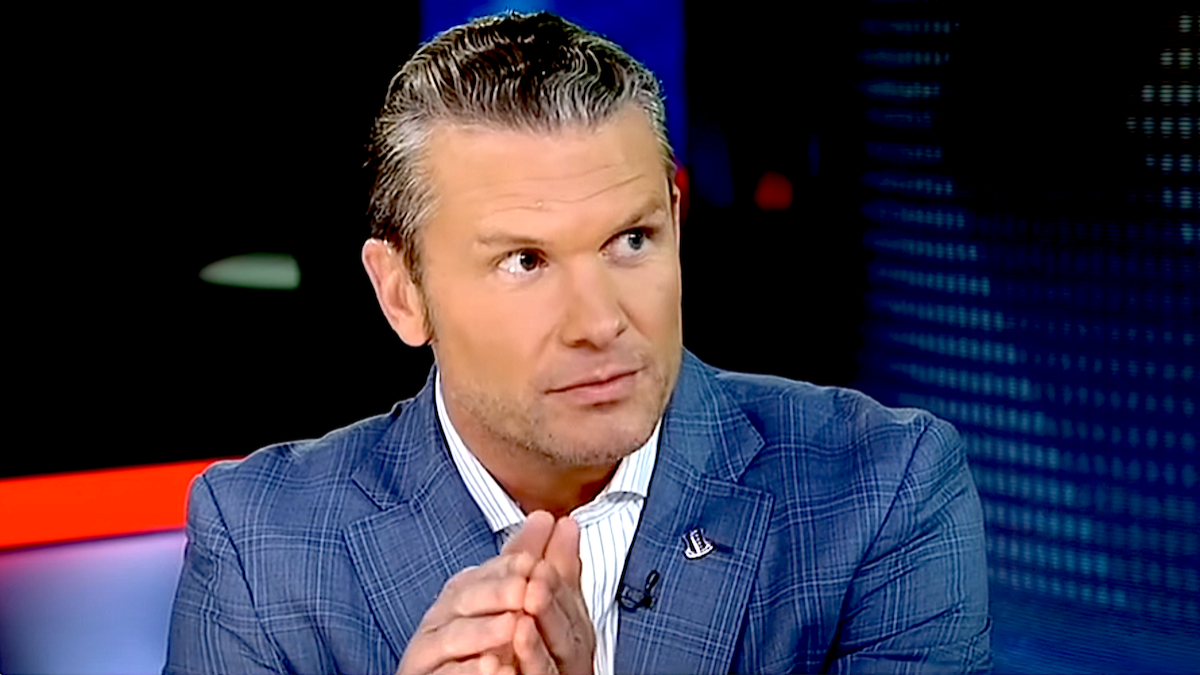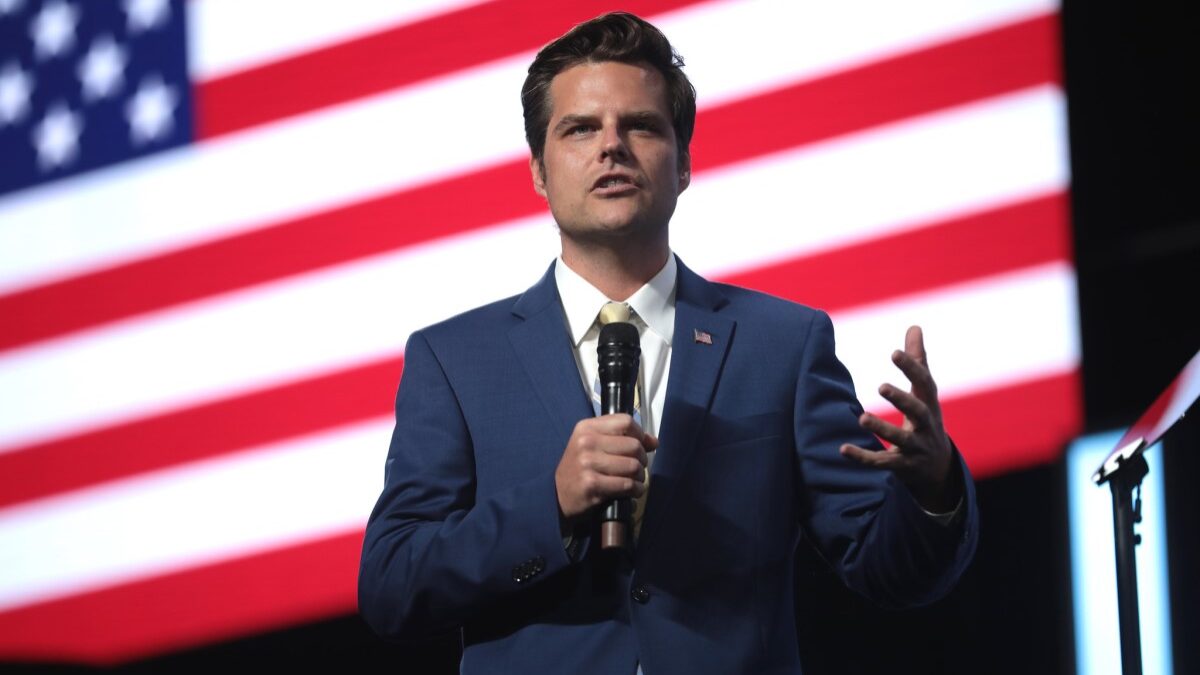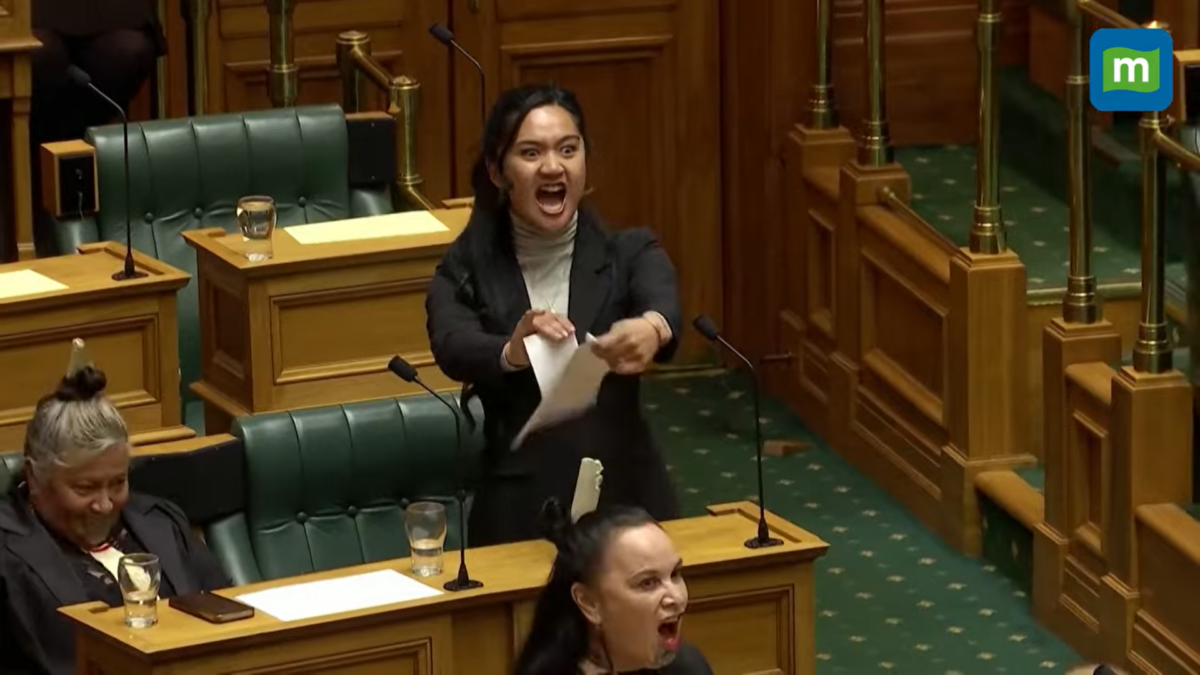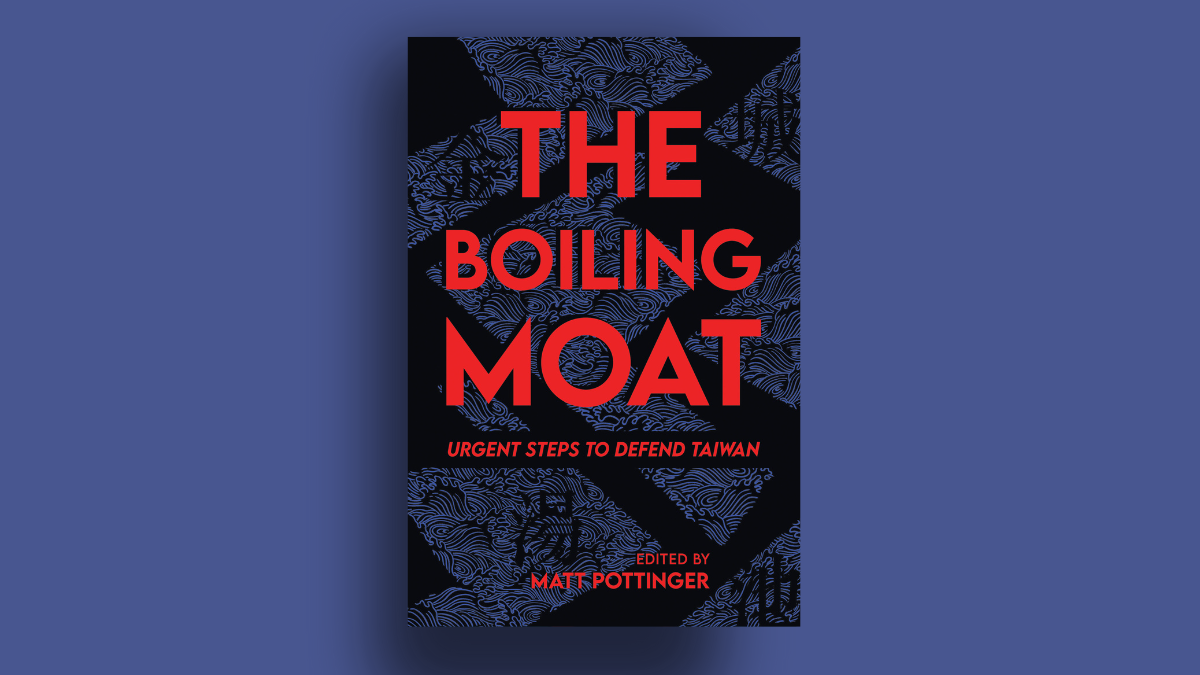Conservatives have finally started to realize that in the ongoing culture wars, politics must mean much more than simply canvassing for votes. Through fits and starts, right-wing activists are seeking to exert their will over corporations and other powerful “non-political” actors to force them away from routinely and reflexively supporting left-wing causes.
One of the most promising efforts to date has been the conservative boycott of Anheuser-Busch over the company marketing its flagship product, Bud Light, in association with noted transgender-identifying “influencer” Dylan Mulvaney.
The boycott was promoted by conservative activist and Daily Wire host Matt Walsh, who launched a social media discussion proposing a boycott, and soliciting suggestions for which company to target, among several corporations recently involving themselves in the policy fight over transgenderism, before finally settling on Anheuser-Busch.
The popular response from the base to the boycott suggests the target was well chosen. Conservatives began rapidly amplifying the message, spreading memes mocking Bud Light and posting videos of themselves abandoning Bud Light products. As infamous left-wing organizer Saul Alinsky notes, any tactic your side enjoys is a tactic worth repeating.
News reports carried clear evidence that the boycott was creating a noticeable effect on the company’s sales. The company’s CEO issued a non-apology letter, which was correctly rejected by the boycott supporters as utterly meaningless.
But soon the campaign hit a snag. President Donald Trump’s son Don Jr. made a public statement urging the boycott to come to an end, and the National Republican Congressional Committee walked back a proposed anti-Bud Light fundraising campaign. Both the Trump campaign and the NRCC are recipients of major donations from Anheuser-Busch. Now there is dissension in the ranks, and the boycott has not actually achieved a significant political outcome.
To save the boycott, the right needs to take a page from left-wing organizers, who have turned political action such as boycotts into a science.
Step One: Identify Influences on Your Target
Successful political action is about organizing, not merely about grassroots willpower. Before leftist organizers carry out any political action, they will conduct what is called a “power mapping exercise.” Power mapping is essentially developing a large flow chart of all the influences at work on your target.
Who influences Anheuser-Busch? Customers certainly, but also shareholders. Board members, but also financiers, outside companies who provide necessary inputs or handle distribution, employee unions, and local, state, and federal regulators. A host of other entities, along with private concerns like the families and friends of corporate decision-makers. A similarly large cast of characters represents those upon whom the company exerts influence (like the Trumps and NRCC.) All these influences will affect how an organization will respond to political pressure, and the skilled activist has mapped them all out before he undertakes an action. Then as the campaign develops, you know where you can go to escalate pressure upon the target, and where the target is likely to try to exhibit pressure on you.
It is not at all the case that targeting Anheuser-Busch was a mistake because it donates to the GOP, quite the opposite. Influence is always a two-way street, and donating to Republicans signals that the company realizes it needs something from the GOP. Targeting a company that donated 100 percent to left-wing causes would be a waste of time, but you do have to have a plan ready for when it inevitably attempts to use that influence to split your ranks and escape the pressure you’ve put on it.
Step Two: Establish Your Goals
Secondly, leftist organizers always know exactly what their goals are before they undertake an action. Goals should exact a physical, economic, or political cost upon the target, and not be satisfied simply by a statement. But they should also be achievable in the short to medium term. It is important that the target knows immediately what it can do to make the pain stop. Typically, boycotts lose power over time as the base loses interest in the action and as targets adjust themselves to eliminate their pain points. So it is vital that your demands are known upfront so the target can submit at the moment of maximum pressure.
What do boycott organizers want Anheuser-Busch to do? Walsh has said victory is “when they publicly apologize for promoting transgenderism.” In a way, that objective is both too ambitious and not ambitious enough. It’s too ambitious in that it would require a total rhetorical surrender, which would likely subject the company to even more pressure from the left, which is more skilled than the right in establishing pain compliance.
The left will often chart their target’s position on a spectrum from friend, to neutral, to enemy. The goal is never to convert enemies into friends right away. Rather you seek to nudge the target one step. Pushing Bud Light into the neutral column alone would be a huge win. (You can launch a campaign to push it into the leans-friendly column later.)
Yet the Bud Light boycott is not ambitious enough in that it has not sought to extract a real-world cost, especially a cost that builds the right’s own political power. Statements can be easily recanted or simply ignored, so extract real concessions, not just promises.
Step Three: Name a Plausible Demand
A plausible demand might be the firing of the marketing officials responsible for the campaign, a public apology for offending a large segment of its customer base with its unnecessary involvement in contentious politics, and a commitment to donate a significant financial gift to a conservative nonprofit that promotes the importance of women-only sports. This would achieve a political victory (the apology) and harm opponents (woke corporate employees), but it would also build political power by funding an organization to continue to fight against the left’s transgender policies.
These are basic principles, and left-wing organizers, from the most massive international NGO to the tiniest affinity group, know them by heart. The left has developed and refined activism and organizing techniques going all the way back to the earliest labor organizing in the 1800s, through the campaigns of the 1960s and ’70s, all the way to the present day. The left studies the science of political organizing the same way you might study the science of chemistry or physics. There is no shame in taking advantage of techniques just because your opponent developed them first.
In contrast, much of the right continues to believe all that’s needed for successful political action is a loud enough megaphone and sufficient grassroots support. Certainly, these are good to have, but they are the bare minimum. The right needs to take the nuts and bolts of organizing seriously. They need to develop professional organizers and have these organizers train tactics to grassroots activists.








